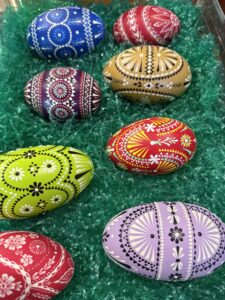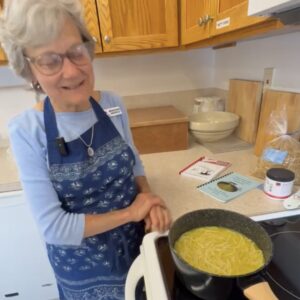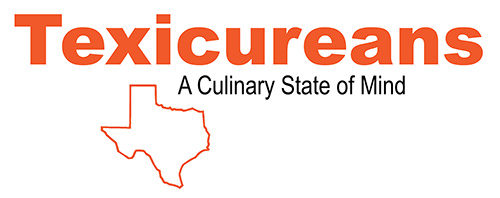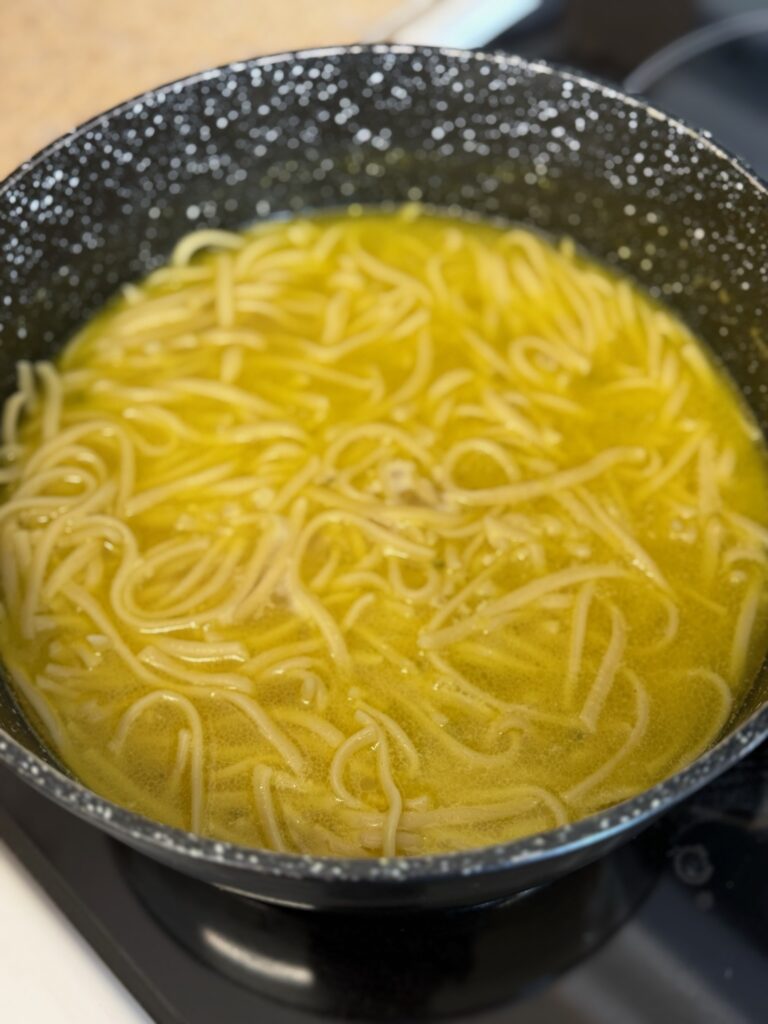Every Monday in the small Lee County community of Serbin, Texas, four ladies of Wendish descent gather to prepare 200 pounds of noodles that will be sold locally and all over the United States as a fundraiser for their beloved Texas Wendish Heritage Museum.
You may say, “Who are the Wends?”
The Wends (also known as Sorbs / Lusatians) are of Slavic ethnicity and lived in the River Spree area of Germany. During the 10th century they occupied a large part of central Europe, and developed a common language. Conquest and assimilation with other cultures left only a few true Wends by the 19th century.
Theirs is a story that began like many who immigrated to Texas – Three months on a ship from Germany to settle on the Texas prairie. But, there’s a twist – before embarking on this journey in 1854, these 600 Slavic “old Lutherans” as they were called, formed a congregation and called Pastor John Kilian to be their spiritual leader. It is widely considered to be the only time in United States history that a whole congregation immigrated together.
I know this story well – as it’s my family’s heritage. My great-great grandfather, Johann Dube was one of the elders of the congregation who was sent to the Texas General Land Office in Austin after arrival in Galveston on the Ben Nevis ship to purchase a parcel of land for the new settlers. Purchasing the Delaplain League, these 4254 acres were subsequently portioned out to the Wendish families according to their ability to purchase. Ninety-five acres were carved out for St. Paul Lutheran Church (now one of the painted churches), a school and cemetery.
The church and school are still the center of this community of Wends who have held onto their land through the generations. And located within a stone’s throw is the Wendish Museum, full of artifacts, costumes, and history – the only one in the United States dedicated to this hardy group of Slavs.
About the Museum
The Texas Wendish Heritage Museum is located a few miles from Giddings, Texas. It consists of a complex of buildings which includes the old St Paul school buildings, two original log cabins, and an exhibit of carpenters and farming tools. Wendish Genealogy can be researched in the Lillie Moerbe Caldwell Memorial Library. At the center of this covered complex is a modern building with a display interpreting the history of the Wends.
Of particular interest, a specialty of the Wends are beautifully decorated Easter eggs. Four different techniques are used to create the intricate designs: “Scratch” where you scratch the color off of the dyed egg, “acid” which is used to remove the color, “embossed” where colored wax is painted on the egg, and “batik” which is a multi-step process. They are lovely to behold!

Now back to those noodles! At Texicureans we talk a lot about traditions being passed down through food. Noodles are that for my family – they always accompany a holiday meal and the question ultimately arises – “and who is making the noodles this year?!”
A major fundraiser for the Wendish Heritage Museum is the sale of traditional handmade egg noodles. The “Noodle Sisters” gather faithfully every Monday morning, using around 500 farm raised eggs to create over 200 pounds of noodles, which will be sold locally, and all over the United States. The “sisters” Judy Boriack, Carolyn Noack, Mildred Perry, and Linda Jones are proud of their craft – it is truly a labor of love for their Wendish heritage.
Marian Kasper Weiderhold joined me in the kitchen to cook a batch of these wonderful noodles. A many-year docent of the museum, she is proud of her Wendish heritage and generously shared her personal history, extensive knowledge of the Wends, as well as her recipe.
Visit www.texaswendish.org to learn more about the Wends of Texas. You may order noodles at https://texaswendish.org/product-category/food
If you’d like to try your hand at making the noodles – here’s their recipe – pared down, of course!
Or you can order from the Wendish Heritage Museum and simply cook them.

Wendish Noodles
Ingredients
- 3 eggs
- 6 tbsp water or Water to fill half-eggshell 3 times
- 3 cups flour a little extra to roll out
- 1/4 tsp salt
- 2 quarts chicken broth
- 2 tbsp butter
- chopped parsley
Instructions
Create Noodles
- Break the eggs into a large bowl, saving the most intact half-eggshell. Beat eggs and water together.
- Add 3 cups of flour and the salt to form stiff dough. Roll out dough into a rectangle about 1/8-inch thick on a well-floured cutting board or countertop
- Allow the dough to dry for about 10 minutes, turning occasionally
- When dough is dry but still pliable, cut into long sections about 3 inches wide. Take 3-inch sections and cut into thin strips about 1/8-inch wide. Cut strips into preferred lengths for cooking.
- Place cut noodles on a dish towel and fluff noodles so air can circulate around them. Allow cut noodles to dry thoroughly, at least overnight or longer if necessary. If noodles won’t be cooked right away, store them in a sealed plastic bag in either the pantry or the freezer for up to six months.
Cooking the Noodles
- When ready to cook noodles, bring chicken broth to a boil in a large pot. Stir in butter, (parsley if desired) and dried noodles. Cover and cook over medium heat for 10 minutes, or until tender. Be careful not to overcook. Remove pot from heat, leaving lid on, and let sit another 10 to 15 minutes. Do not drain. Makes one pound of noodles or 20 servings.
Video

